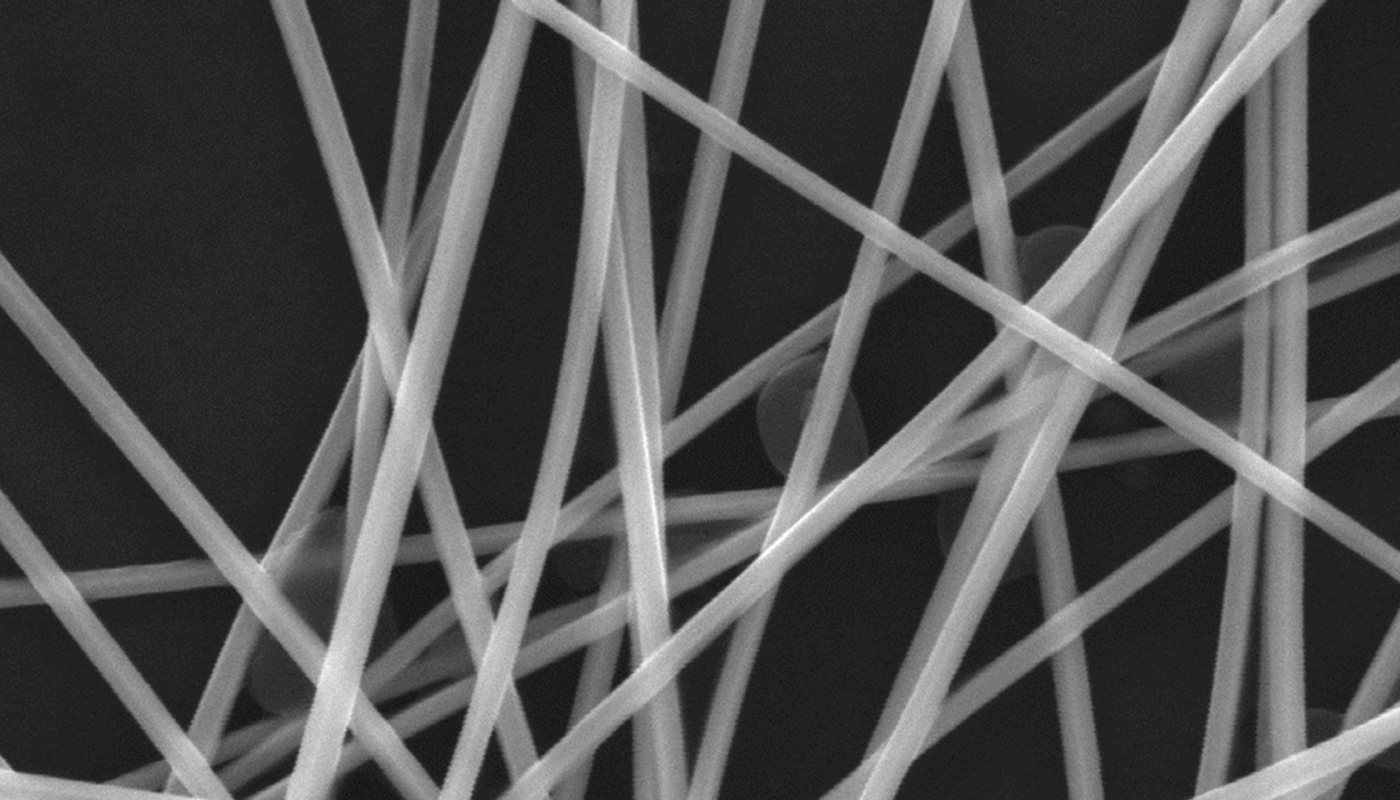Introduction
Silver nanowires have emerged as one of the most promising nanomaterials in recent times due to their excellent electrical and optical properties. Their applications range from flexible displays and touchscreens to highly conductive coatings, solar cells, and biomedical devices.
Synthesis and Properties of Silver Nanowires
Silver nanowires are typically synthesized via the polyol process which involves dissolving silver nitrate in a polyol like ethylene glycol and then reducing it using an agent like ethylene glycol at elevated temperatures. This allows silver atoms to one-dimensionally grow into long Nanowires ranging from 5–100 μm in length and 20–120 nm in diameter.
The high aspect ratio and surface Plasmon resonance effect endow Silver Nanowires with exceptional properties. They exhibit conductivity higher than copper or gold with sheet resistance as low as 15Ω/sq. They also transmit over 90% visible light while reflecting near-infrared rays. Their flexibility and mechanical strength make them suitable for flexible/bendable optoelectronic applications.
Transparent Conductive Films and Touchscreens
Silver nanowires have found widespread applications as transparent conductive films and coatings for displays, solar panels and touchscreens. When deposited evenly onto glass or plastic substrates, they form a mesh-like percolating network that conducts electricity along their lengths while transmitting light through open spaces.
Major electronics giants like Apple, Samsung, LG etc. are extensively researching silver nanowire films to replace indium tin oxide (ITO) in next-gen foldable/bendable displays and touch sensor panels. They offer higher conductivity, flexibility, cost-effectiveness and sustainability compared to brittle/rare ITO. Trials indicate nanowire coatings can achieve conductivity specifications for state-of-the-art touchscreens at 10 times lower thickness than ITO.
Wearable Electronics and E-textiles
The elasticity and robustness of Silver Nanowire coatings make them highly promising for emerging areas like wearable electronics and e-textiles which require flexibility. Researchers have successfully fabricated washable antibacterial cotton fabric coated with silver nanowires that retains electrical function even after 30 wash cycles.
Such ‘electronic textiles’ can enable integration of sensors, LEDs, memory and communication elements into everyday apparel and accessories. Possible applications include interactive sportswear, medical patient monitoring garments and military uniforms with multifunctional capabilities. Silver nanowires open up a new paradigm of flexible, stretchable and ‘wear-with-you’ electronics.
Conductive Coatings and Composites
Besides displays, silver nanowires find extensive usage as highly conductive coatings, composites, and fillers for applications requiring both electrical and thermal conductivity. They provide effective pathways for charges and heat to flow through organic or polymer matrices in applications like semiconductor packaging, batteries, thermal interface materials,electromagnetic shielding etc.
Researchers have imbibed silver nanowire networks within materials like graphene, carbon nanotubes,polyethylene,polyurethane etc. to fabricate wires, cables, antistatic coatings with enhanced conductivity. Such composites unlock new design Flexibilities by synergizing the properties of nanowires and host matrices. Conductive inks developed using silver nanowires are also commercialized as functional pastes/adhesives.
Solar Cells and Photovoltaics
In solar cell applications, transparent front electrodes based on silver nanowires help extract the maximum photogenerated current from active photovoltaic absorber layers. Their high transparency allows abundant sunlight to pass through while removing electrons efficiently.
Successful fabrication of flexible organic and perovskite solar cells using silver nanowire electrodes has been demonstrated with power conversion efficiencies beyond 15%. When combined with emerging solar cell technologies, silver nanowires can help realize next-gen flexible, semitransparent and bifacial solar modules. Ongoing R&D targets achieving lower cost and higher throughput roll-to-roll production techniques for industrial scale-up of such novel photovoltaic platforms.
Biomedical Technologies
In the biomedical domain, silver nanowires harness light-activated antibacterial properties of silver and can be tailored as multifunctional platforms. Potential usages involve conductive tissue scaffolds, implant coatings and biosensors that monitor wound healing, inflammation etc.
Some studies report silver nanowire coatings on medical implants,catheters reduced attachment and biofilm formation of infectious staphylococcus aureus and E.coli bacteria by over 90%. Researchers are also exploring novel strategies like drug delivery vesicles comprising silver nanowires to facilitate controlled therapeutic release at targeted sites. Their biocompatibility however needs extensive validation through in vivo trials before products come to market.
Silver nanowires have emerged as a promising class of multifunctional nanomaterial with enormous potential applications across various industry sectors ranging from displays and touchscreens to solar energy, biomedical devices, conductive inks and composites. Their excellent electrical and optical properties synergized with host materials will help unlock next-gen flexible, wearable and sustainable electronics technologies. Ongoing R&D aims at overcoming challenges related to large-scale production, longer shelf-life and in-depth toxicity evaluation to realize the full commercial potential of this exciting nanomaterial.
*Note:
1. Source: Coherent Market Insights, Public sources, Desk research
2. We have leveraged AI tools to mine information and compile it.




